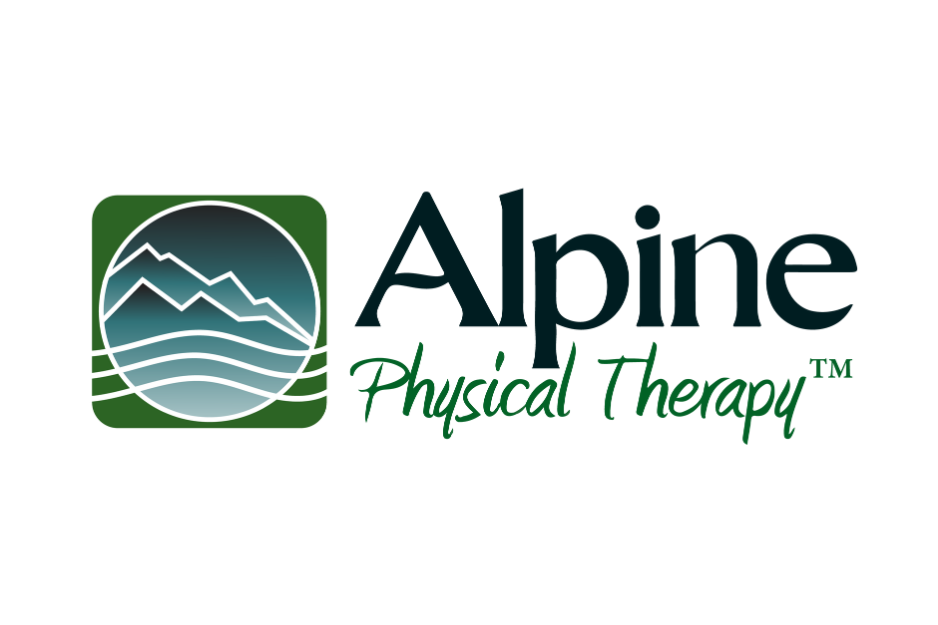March 14, 2011 Avalanche Advisory
On wind-loaded slopes above 6000 feet that are steeper than 35 degrees there is MODERATE avalanche danger in the West Central Montana backcountry. Careful evaluation of snow and terrain is recommended during MODERATE conditions.
Good morning. This is Dudley Improta with the West Central Montana Avalanche Center’s advisory for March 14, 2011. On steep slopes at elevation that are wind-loaded unstable slabs may exist. The avalanche danger is LOW on remaining terrain in the advisory area.
Weather and Snowpack Analysis
The weather over the weekend indicated we turned the corner from winter to spring. We’ll see; it’s snowing this morning in the mountains. Either way it was a great weekend to be In the West Central Montana backcountry. Northerly aspects remained cool and offered good skiing and riding while the southerly and more sun-exposed aspects underwent some freezing and thawing and softened in the afternoon.
It started snowing late last night and early this morning in the region. Winds that are accompanying this storm began from the east and southeast and transitioned from the west and southwest. These winds are blowing steadily at 20 to 30 mph at higher elevations. Snow amounts around the area are generally modest, but the Lookout Pass and Hoodoo Pass area have picked up 4 to 5 inches. Wind slabs are most certainly forming on the lee sides. The main concern for avalanche danger will be wind slabs on steep lee slopes and the possibility of larger sluffs from the new snow.
We received a report from the Seeley Lake area about a snowmobile-triggered slab on a steep wind-loaded South slope that occurred on Saturday. Exact details as to location and elevation were unavailable; but steep wind-loaded areas are exactly the terrain that should demand your attention.
Weather Forecast and Avalanche Outlook
The current storm is producing snow with levels about 4500 to 5000 feet in elevation. Lookout Pass to Lolo Pass may see heavier snow amounts in a short amount of time. Snow is expected to decrease through the morning, but the strong winds will continue this afternoon.
A weak high pressure this evening will precede another Pacific weather system. This looks to be a very robust storm which could produce up to a foot or more of snow in higher terrain and mountain passes by Wednesday afternoon.
Winds, predominantly out of the west and southwest will continue to load lee aspects. Expect the avalanche danger to increase during the week if we get the predicted snow.
A Comment on Moderate Danger
I have said that you shouldn’t put all your eggs in one basket when it comes to assessing and avoiding avalanche danger. You can’t depend on one source of information whether that is a snow pit, an avalanche advisory or a lack of obvious clues.
Although a great place to start, an avalanche advisory has many limitations. It can’t cover every gulley, bowl or slope in the advisory area. The advisory is subject to the capricious nature of the weather. And, the advisory is subject to the personal interpretation of the stated danger by each individual.
I spent some time with other forecasters in Montana last week and we all agreed we like the new danger rating descriptions and the new definitions. Have you read these new descriptions?
Many forecasters in the West feel that folks are equating a Moderate danger with Low danger. Moderate danger indicates there are dangerous avalanche conditions, but they are generally confined to very specific terrain features. Accidents do, and will continue to, happen during Moderate danger.
If we are honest with ourselves we must admit that you can learn ways to mitigate most of the avalanche danger most of the time, but if you ski or ride steep slopes above 35 degrees you can never be sure it is 100% safe. A fellow I was skiing with Saturday reminded me that I once commented on a particular slope we were checking out, “if it hasn’t slid yet, there’s always a chance”.
Steve will issue the next advisory Friday, February 18.
If you get out and see avalanche activity or want to send us quick snow observations please use our public observations form on the home page missoulaavalanche.org or write us at info@missoulaavalanche.org .


















